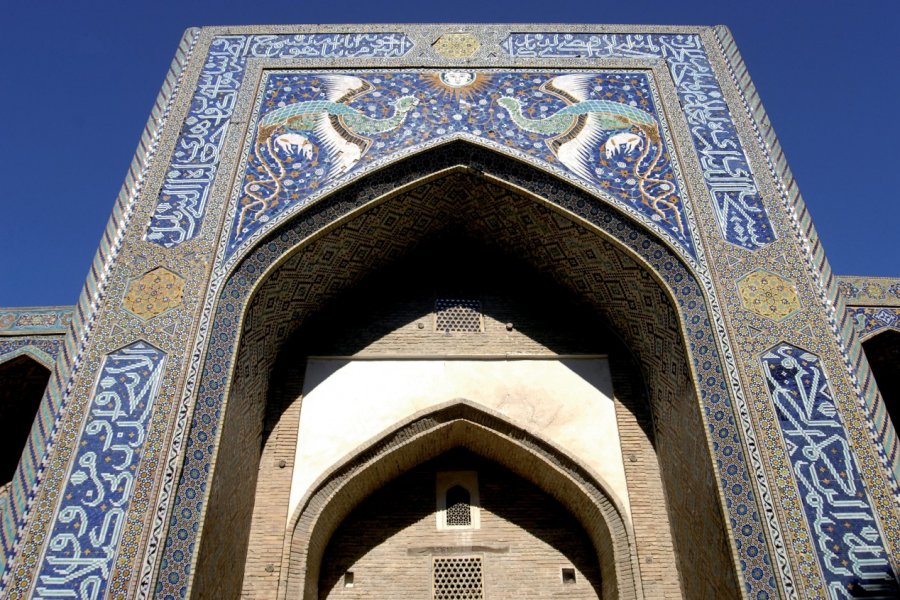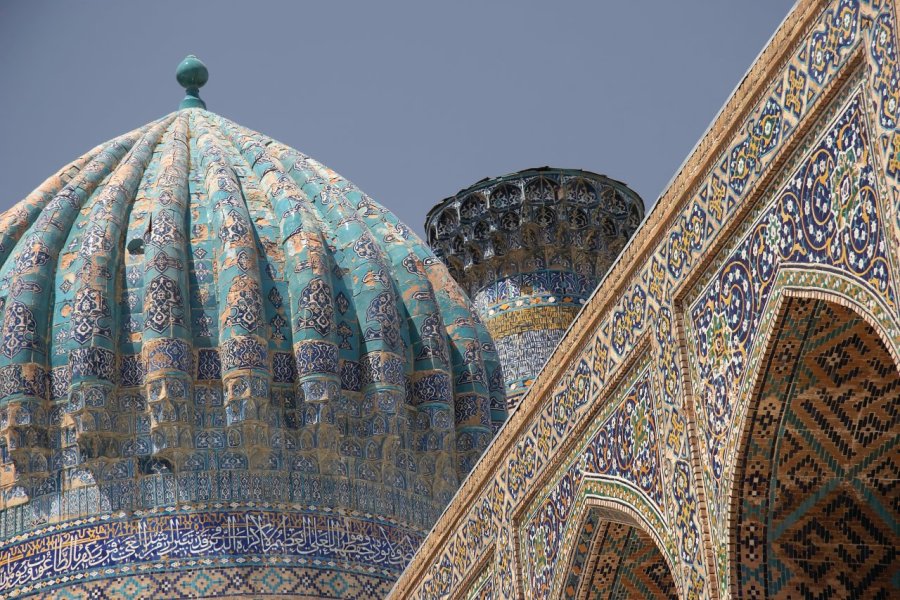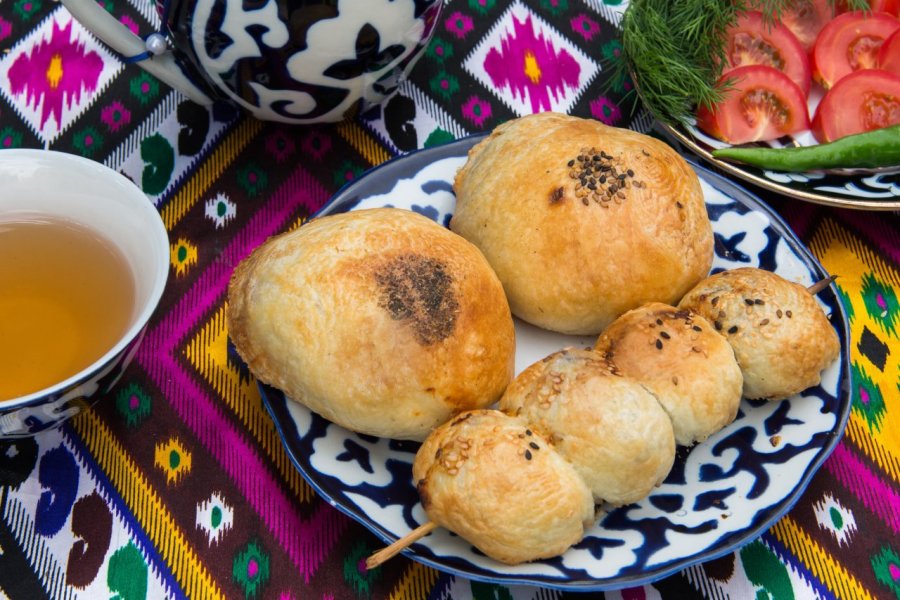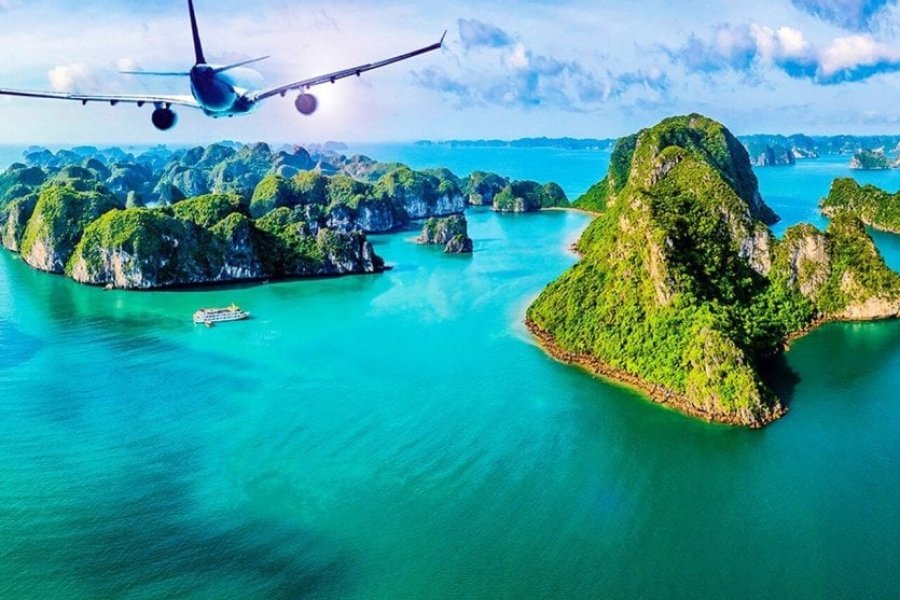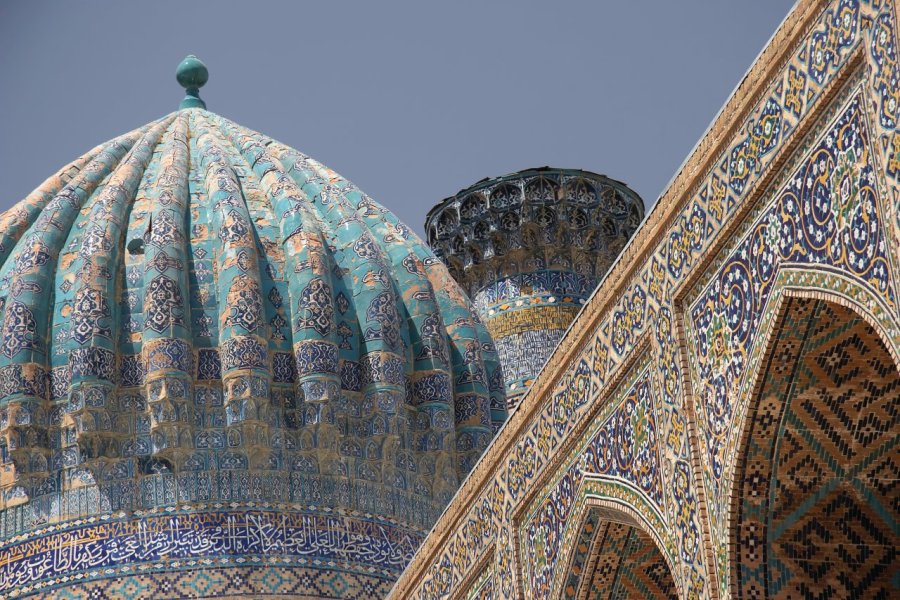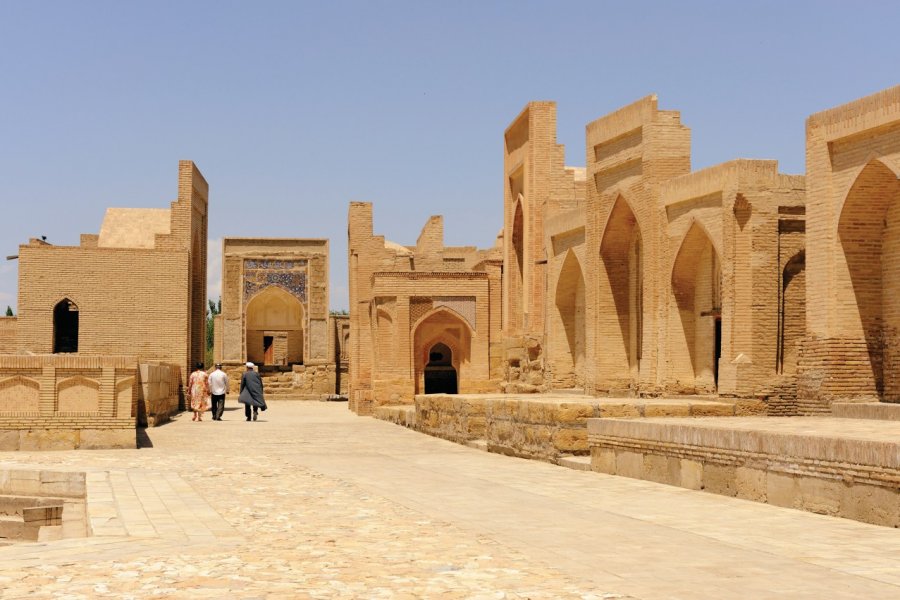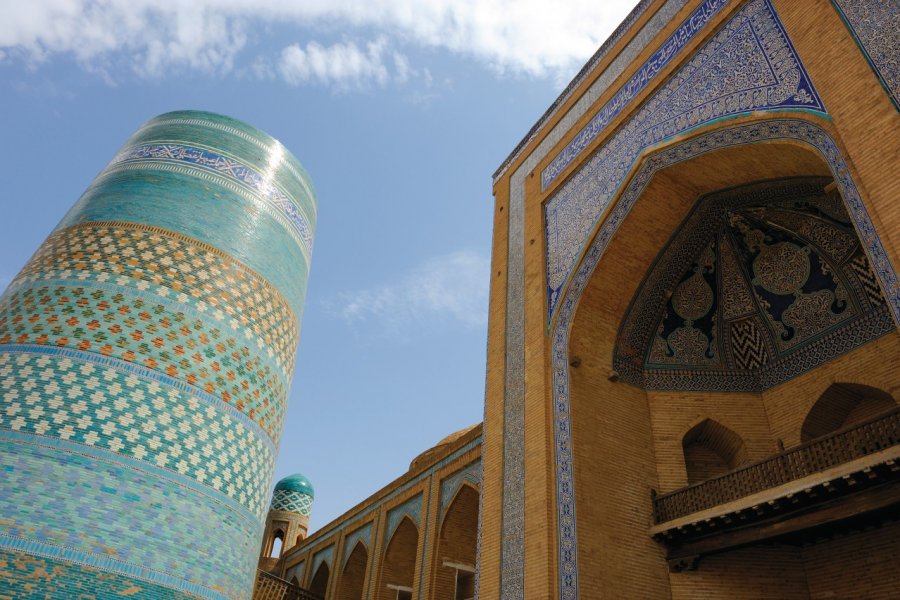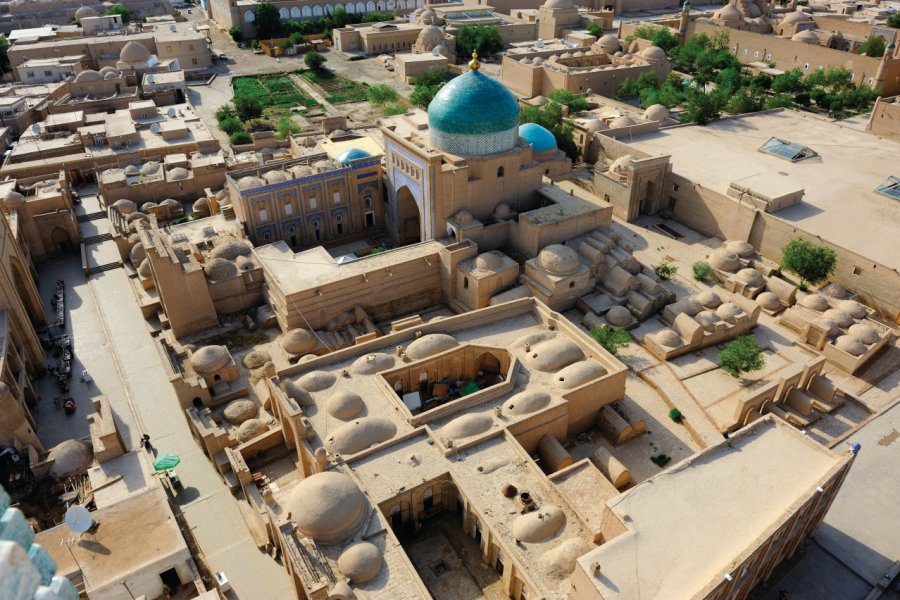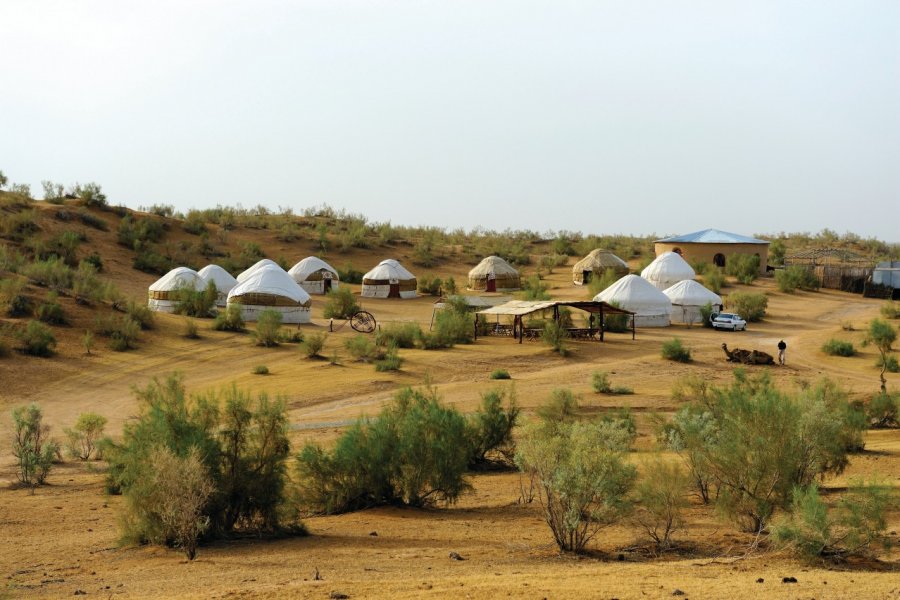Travel guide Uzbekistan
Halfway between Europe and China, on the ancient Silk Road described in the 13th century by Marco Polo in his Book of Wonders, there are endless spaces of steppe and desert, bordered by snow-capped mountains and salt lakes such as Lake Aydar, right up to the shores of a vanished sea, the Aral Sea. Traveling to Central Asia means finding yourself at the crossroads of civilizations and religions, and living with your Uzbekistan tour guide a unique and unforgettable experience in regions that are still little explored by tourist circuits. Traveling in Uzbekistan is also going back in time on the footsteps of Alexander the Great, Genghis Khan and Tamerlane the Mongolian emperor while enjoying today a cultural and architectural heritage, especially in the three mythical cities of Samarkand, Khiva and Bukhara which contain some of the most beautiful monuments of the Muslim world. It is also sleeping under a yurt while having tea in the Ferghana valley or sliding down the slopes at the Chimgam ski resort, 80 km from Tashkent.
What to see, what to do Uzbekistan?
-
Book an activity
-
Customized travel
- The most beautiful cities Uzbekistan
When to go Uzbekistan ?
The tourist season lasts from April1st to October 31st, but the months of July and August are a low point because the summer is hot, dry and dusty with temperatures that can reach 40-45°C. The best time to go to Uzbekistan is therefore in spring (March-June) and autumn (September-November) with mild weather during the day even if the nights remain very cold in the west in the desert, steppe, Khorezm and Karakalpakia. It hardly rains at all throughout the year, although there is a slight peak in March.
Suggested addresses Uzbekistan
Travel Uzbekistan
-
Find a hotel
-
Car Rental
-
International e-SIM package
-
Find a local agency
L’Ouzbékistan a longtemps fait rêver pour les seules et uniques étapes le long de la Route de la Soie, et n’offrait guère plus que des circuits classiques avec découverte essentiellement architecturale entre Samarkand, Boukhara et Khiva. Ce qui est déjà très bien en soi, mais laissait tout le reste du pays à la seule découverte des voyageurs individuels osant sortir des sentiers battus. Depuis quelques années les choses évoluent, et il est désormais possible non seulement d’élargir les circuits à l’ensemble du pays, mais également d’y varier les thématiques de voyage en agrémentant le volet culturel de sessions plus sportives ou dépaysantes : randonnée en montagne dans les monts Fansky ou les réserves naturelles, méharée dans le désert autour de Nurata, nuit sous la yourte dans les citadelles du Khorezm, séjour en vallée de Ferghana ou master class à Boukhara pour une découverte approfondie de l’artisanat ouzbek...
Find unique Stay Offers with our Partners
How to go Uzbekistan
How to go alone
Fares can be competitive if you book your tickets well in advance, but you have to reckon with long stopovers in either Moscow or Istanbul and arrivals in the middle of the night. To get good fares, it is essential to book well in advance. Think of buying your tickets six months before departure! If you have the time and the taste for contemplation, it is also possible to come by train via Moscow.
How to go on a tour
Tour operators may offer you the opportunity to combine the Silk Road countries (Uzbekistan, Tajikistan and Kyrgyzstan) or to focus on Uzbekistan, which alone is worth the trip. The visit of the three mythical cities (Bukhara, Samarkand and Khiva) is a classic, as is a stroll on the Aral Sea or in the Ferghana Valley, which will be an opportunity to meet nomads and share with them yurts, meals and wild rides!
How to get around
The air network is very dense and covers all major cities of the country. The roads are in very bad condition, except in the Ferghana valley, but the bus remains the most economical and authentic way to travel in Uzbekistan even if punctuality is not their strong point. Between Bukhara and Tashkent, the road terminals are nevertheless more modern and sometimes even air-conditioned. The railway network is well developed with more than 3,000 km of railroads.
Featured articles Uzbekistan
Discover Uzbekistan
Samarkand, Bukhara, the Aral Sea... So many names known to the general public or which, at the very least, evoke a place, a history, an image. Yet Uzbekistan remains largely unknown. Lovers of history, architecture and dreams of the Orient, or simple adventurers on the Silk Road, are increasingly crossing paths with Samarkand. The restoration of the great monuments of the Timurid era, begun during the Soviet era and continued after independence in partnership with Unesco, is restoring the country to its former splendor and giving it a tourist potential that is unique in Central Asia. But to decipher this country's language, remote and recent history and traditions (which seem so far removed from the West, with the occasional more familiar note), discover traditional sports, open the doors to culture... so many fascinating subjects to immerse yourself in Uzbekistan.
Pictures and images Uzbekistan
The 12 keywords Uzbekistan
1. #Bazaar
It's the big market of every town and village in Central Asia. Even in the big tourist cities, the atmosphere is still very authentic. A mix of peoples, ethnic groups, languages and costumes, the bazaars are always colorful. Each trade has its own space, clearly organized.
2. #Caravanserai
Dotted along the trade routes, these ancestors of motels were veritable Towers of Babel. Merchants from all walks of life would stop off to chat, exchange itineraries or trade. Many of these former places of exchange and trade have now been converted to tourism and hotels.
3. #Cotton
Uzbekistan was the Soviet Union's biggest cotton producer, a highly polluting crop that requires a lot of water. After independence, some land was converted to wheat, but cotton remained the dominant crop for a long time. It's only since 2016 that the country's crops have really diversified.
4. #Hospitality
Hospitality is the number-one quality of the Uzbek people: it's on every street corner, and increases in proportion to the distance from the big cities. In the villages, tourists are often invited to sample the culinary delights of the lady of the house, and get to know the whole neighborhood. Don't turn down a cup of tea!
5. #Kourdiouk
This is sheep fat, renowned for its refined taste and widely used in Uzbek cuisine. It comes from the hindquarters of the local sheep. Used in the preparation of all national dishes, it is the choice morsel offered to guests. Its taste and smell accompany the traditional plov. You won't want to miss it.
6. #Mahalla
A word designating the neighbourhood, i.e. the first link in the social organization of Uzbekistan. Each mahalla has his council of sages, his mullah, his otin. The neighbourhood councils of each mahalla meet several times a month in the chaikhanas to discuss common problems and to weave the social fabric of the neighbourhood.
7. #Marshrutka
The most economical way to get around. There are 10 or 12 people in old minibuses, which are increasingly replaced by modern models. There are some marshrutka for long distances. This is a slower way of traveling than cabs, but it allows the visitor to pay the same price as his fellow travelers.
8. #Navrouz
The great spring festival, celebrated on March 21. Navrouz means "new day" in Farsi. Forbidden under the Soviets, and allowed again after independence, this festival is an opportunity to get together with family, friends or neighbours and prepare the traditional soumalak, a dessert simmered 24 hours a day and concocted from young wheat shoots.
9. #Plov

This is the traditional Uzbek dish, based on sautéed rice, carrots and mutton. Depending on the region, it can have some variations: addition of grapes, chickpeas, garlic... The word plov is the Russian word, in Uzbek, it is called osh. Establishments specializing in the preparation of plov are thus called oshkhanas.
10. #Silk
Uzbekistan has long occupied a particularly strategic position for trade between China and the West, at the crossroads of the two continents, and oasis cities such as Bukhara and Samarkand drew much of their wealth from it. Ikate silk is still traditionally produced in the Fergana Valley.
11. #Suzanis
Cotton hanging of various sizes sold in all the bazaars of Uzbekistan. In homes, suzani is used as a bedspread or wall decoration. Covered with traditional patterns, it is made of pieces of different fabrics sewn together. Embroidered by women, it allowed the future husband to see the skill and talent of his bride.
12. #Tchaykhana

Tea is the traditional drink of Central Asia. It is drunk at any time of the day in tea houses. The authentic tchaikhanas offered only tea. The kitchens were at the disposal of the customer, each one brought there what to make its meal. The men spent hours discussing business while drinking their tea.
You are from here, if...
Hospitality is one of your core values.
You keep your feet off the food, even when you're in modest families where people eat sitting cross-legged on the floor, even if it means pushing the limits of your flexibility!
You avoid blowing your nose in public.
You always carry "little gifts" from France (postcards, photos, perfume samples...) to give to the families who have welcomed you.
You always use your right hand when eating, serving tea or holding out your cup..
You avoid shouting " salam aleïkoum " when you wake up in the morning. In Uzbekistan, people only greet each other after morning ablutions.
You don't hesitate to make a toast if vodka is served, and you certainly don't drink if no toast has been made.
You don't leave the table without thanking God for the meal, or at least joining hands while your hosts say a prayer, before passing them over your face.
